In a world teeming with diverse and fascinating wildlife, some species stand out as true marvels of nature, not only for their unique characteristics but also for their astonishing rarity. Join us on an extraordinary journey as we delve into the awe-inspiring realm of the planet’s most exceptional and rarest animals. From elusive marine mammals to land-dwelling enigmas, our exploration of the 10 Rarest Animals on the Planet will unveil the captivating stories of these remarkable creatures, highlighting their struggles for survival and the urgent need for their protection. Prepare to be astonished by the remarkable diversity of life on Earth and the awe-inspiring beauty of these rare and precious species.
The List of the 10 Rarest Animals on the Planet
1. Kakapo

The kakapo (Strigops habroptila) is a flightless, nocturnal parrot native to New Zealand, known for its impressive 60-year lifespan. Unfortunately, the human colonization of New Zealand and the introduction of cats have had a devastating impact on this species, pushing it to the brink of extinction in its native habitat. Fortunately, thanks to a government-supported conservation and relocation initiative, the kakapo population is now on a steady path to recovery.
Presently, there are 116 mature adult kakapos living across three smaller New Zealand islands. These regions are well-protected, and conservationists closely monitor all adult parrots through tagging. Through targeted efforts such as testing the breeding potential of adults and providing supplementary feeding, there has been a significant increase in the birth rate and overall survival of these remarkable birds.
2. Philippine Crocodile
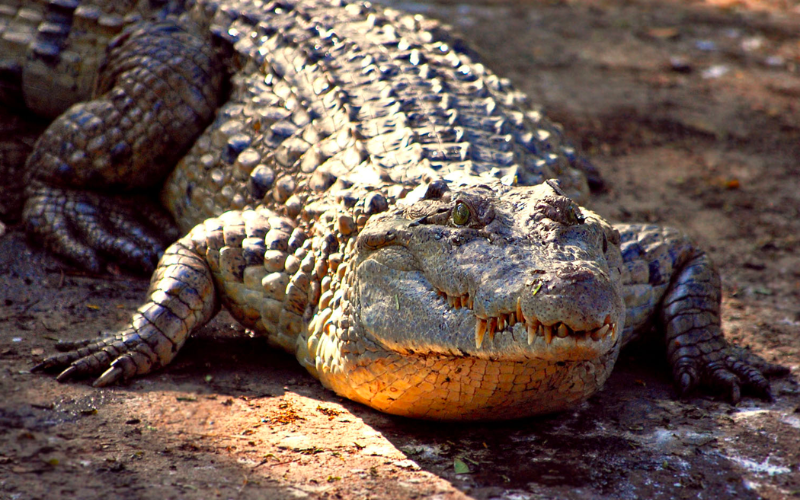
The Philippine crocodile (Crocodylus mindorensis) is currently experiencing a significant decline in its mature adult population, estimated to be in the range of 92 to 137 individuals. These crocodiles are widely dispersed across the inland wetlands of the Philippine Islands, and they are notably smaller in size than their relatives, with the largest recorded specimen in the wild measuring less than nine feet in length. As adults, they primarily prey on fish, pigs, dogs, and waterfowl.
Their natural habitats encompass freshwater environments, including rivers, marshes, and ponds. While the early threat of hunting for their skin drastically reduced their numbers, the most pressing current menace to Philippine crocodiles is the clearing of rainforests in the region to make way for rice fields. Furthermore, they share their habitat with another species, the estuarine (saltwater) crocodile, which is known to be a danger to humans, often leading locals to kill any crocodiles they encounter. This unfortunate practice is contributing to the decline in the Philippine crocodile population.
3. Amur Leopard
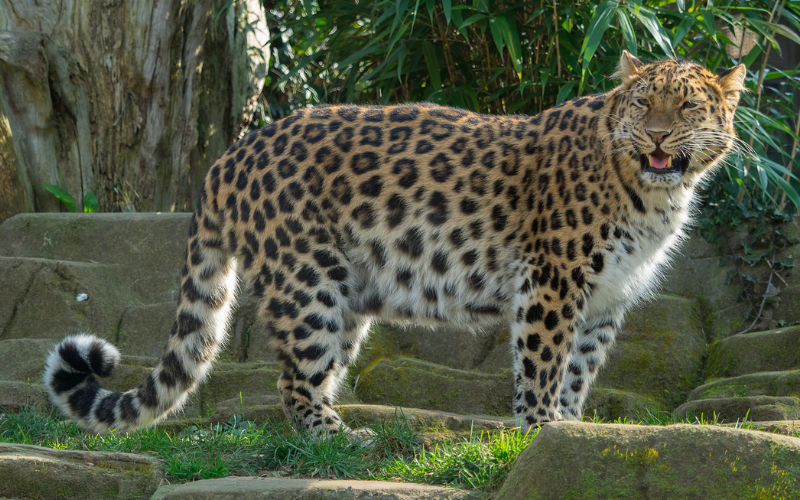
The Amur leopard (Panthera pardus orientalis) is native to the Amur region, spanning both Russia and China. Its strikingly beautiful spotted fur has made it a prime target for hunters, leading to a sharp decline in its population. However, there has been a positive shift in recent years, with the estimated number of mature adults increasing from about 14 in 2005 to approximately 84 today. This recovery is attributed to the establishment of a protected area in the Russian Far East.
Weighing between 75 to 100 pounds, this remarkable leopard possesses remarkable physical attributes. It can achieve speeds of up to 37 mph, leap horizontally for an impressive 19 feet, and jump straight up into the air to a height of 10 feet. Despite these capabilities, the challenge of prey scarcity remains a significant obstacle to the species’ return to its former range.
Read More Fun Facts
Learn more fun facts with Trivia Mastermind content.
4. Addax
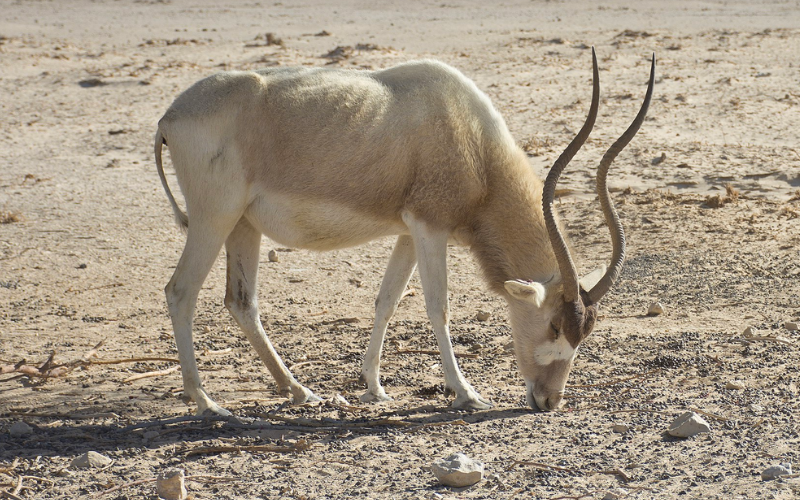
The addax antelope (Addax nasomaculatus), once widely distributed in the deserts of Africa, is now confined to the Termit Tin Toumma region in Niger. While thousands of addax are maintained in captivity within various reserves worldwide, the number of mature adults remaining in the wild is estimated to be just 30 to 90.
The addax population initially suffered a significant reduction due to uncontrolled hunting, and the expansion of oil drilling in their natural habitats, coupled with political instability, has attracted even more armed human presence to the region.
Regrettably, the addax antelope, with its stunning snow-white appearance during the summer, is now one of the most isolated mammals on Earth. These once plentiful creatures roamed freely across North Africa, but relentless poaching and industrialization have pushed their wild population perilously close to extinction.
5. Saola
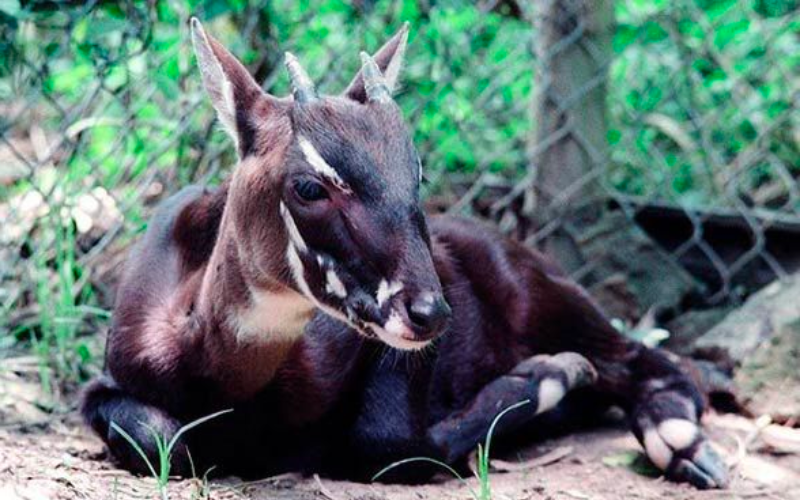
The saola (Pseudoryx nghetinhensis) is a species closely related to cattle but bearing a stronger resemblance to deer. Often referred to as the “Asian unicorn” due to their extreme rarity and secretive behavior, these enigmatic creatures were first encountered in 1992 within the lush evergreen forests of Vietnam. Unfortunately, attempts to gauge their population size have been consistently thwarted, largely owing to the dense forests of Vietnam and the complex political landscape in Laos.
The saola faces significant threats, including habitat loss and relentless hunting to meet local demands for bushmeat and medicinal resources. The scarcity of saola sightings on trap cameras has led researchers to speculate that viable herds may no longer exist. To date, there are no saola in captivity, and estimates of the remaining wild population range widely, with figures anywhere from 25 to 750 mature adults.
6. Gobi Bear
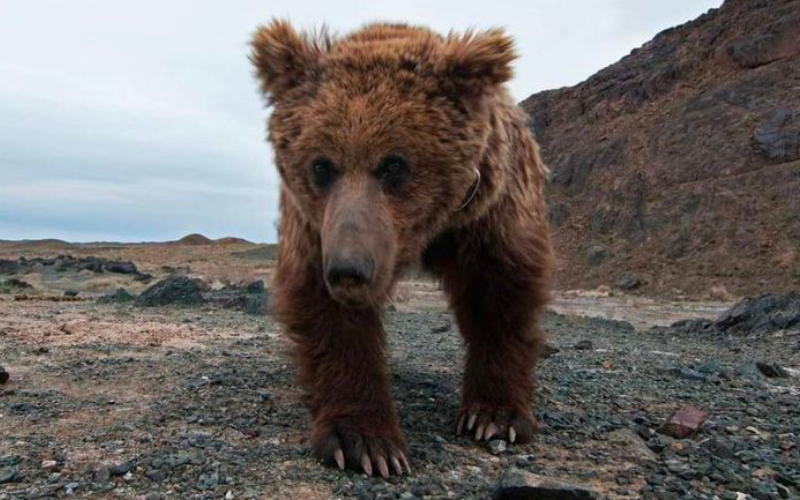
The Gobi bear (Ursus arctos gobiensis) is a subspecies of brown bears exclusively found in the Gobi Desert of Mongolia. With less than 40 mature adults remaining in their natural habitat and no Gobi bears held in captivity, these bears are incredibly resilient scavengers, adapting to an environment with an average annual rainfall of less than four inches.
Historical habitat loss resulting from mining activities in the region and unregulated grazing by other animals has severely impacted the Mongolian grasslands, affecting various species, including the Gobi bear. Additionally, a prolonged 14-year drought, with an annual rainfall of less than two inches, has further depleted the limited vegetation on which the Gobi bear relies for sustenance.
Conservation initiatives are underway, including the designation of the bears’ last three habitats as a single large national preserve. Furthermore, researchers have tagged 20 adult bears to closely monitor and assess the population’s status.
Play Trivia!
Challenge yourself and play trivia questions with answers and explanations.
7. Sumatran Rhinoceros
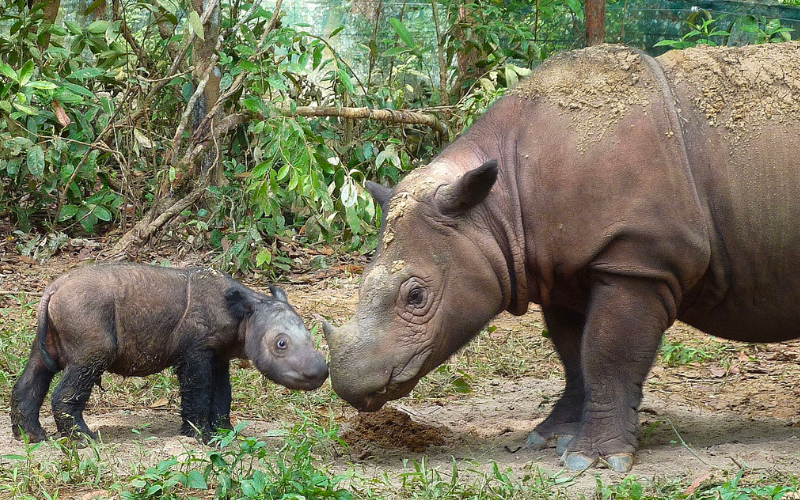
Next on our list of the world’s rarest animals is the Sumatran rhinoceros (Dicerorhinus sumatrensis), a species that stands at the brink of extinction. This critically endangered large mammal is now found exclusively in Indonesia. Over the past three decades, its population has suffered a devastating decline of more than 80%, primarily due to the twin threats of poaching and habitat loss. Currently, it is estimated that only 30 mature adults remain in viable populations.
The Sumatran rhino’s population groups are so fragmented that the prospect of reuniting many of them is virtually impossible. Despite concerted conservation efforts, it remains challenging to rescue small populations comprising just two to five rhinos, and the largest known group comprises a mere 15 mature rhinoceroses.
8. Red Wolf
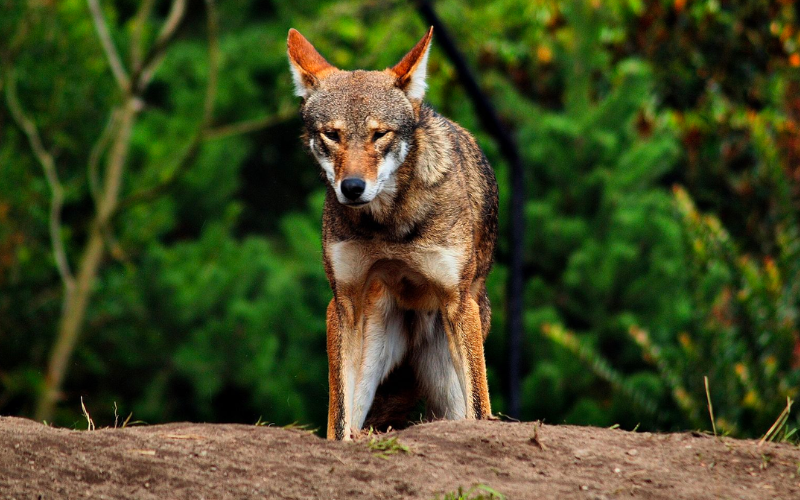
The red wolf (Canis rufus) stands as the sole North American representative on our compilation of the world’s rarest animals, and it faces a severe threat to its existence. By 1980, this species had vanished from the wild, but in 1987, the US government undertook a reintroduction effort in Eastern North Carolina, resulting in the successful establishment of over 150 individuals in the region.
The rapid growth of the red wolf population raised concerns about potential hybridization with coyotes and conflicts with local landowners. Consequently, the federal government decided to limit the program’s scope to federal lands and preserves in the easternmost part of the state. This region can support only around 30 mature adults in a pack. At present, the estimated population is believed to be below this threshold and declining.
9. Javan Rhinoceros
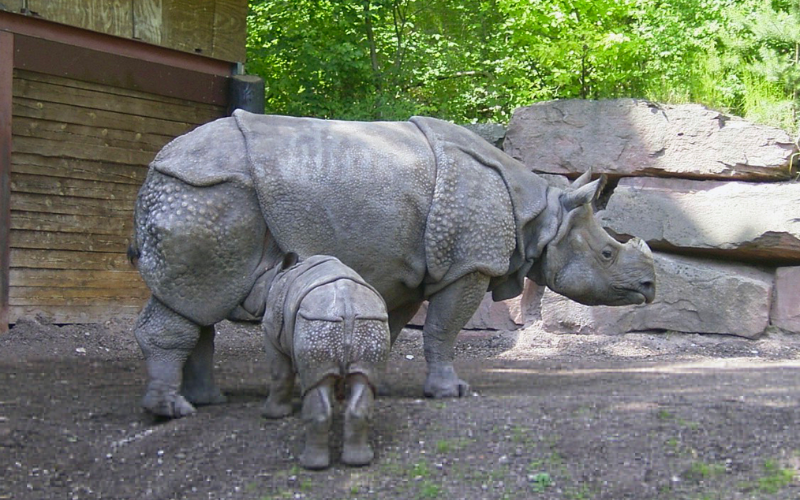
The Javan rhinoceros (Rhinoceros sondaicus) is an Indonesian rhino that exclusively inhabits a single nature preserve on the island of Java. The species has gone extinct in all its former regions, leaving this preserve as its sole remaining habitat, currently hosting the maximum number of animals it can sustain, capped at 68 individuals. Among these, the number of mature adults capable of breeding is a mere 18.
The primary threat to the Javan rhino is poaching, driven by the demand for its horn in the illegal wildlife trade and traditional Asian medicine. In addition to poaching, this species faces a unique challenge in the form of an invasive palm known as langkap. This palm outcompetes and chokes out other vegetation, including the rhino’s preferred diet, posing a further risk to their survival.
10. Vaquita
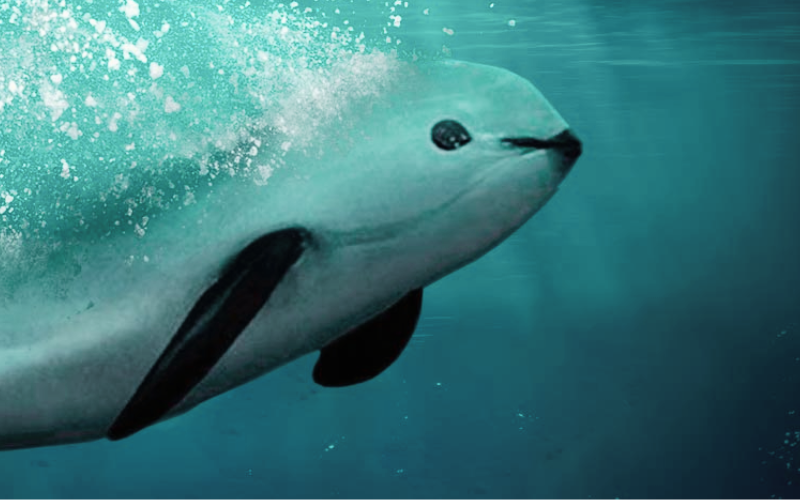
The vaquita (Phocoena sinus) is undoubtedly the rarest animal on Earth. This porpoise is exclusively found in the far northwestern reaches of the Gulf of California in Mexico. In 1997, the recorded vaquita population stood at 567, but it has since dwindled to a mere 18 individuals. Regrettably, the vaquita’s survival is hanging by a thread, with extinction likely within the next decade.
Unlike other porpoises, mature female vaquitas have a slower reproductive rate, giving birth once every two years, which is twice as long as other species. While various potential threats have been suggested, the unregulated use of gill nets for commercial fishing stands out as the primary culprit behind the vaquita’s decline. Shockingly, two studies revealed that vessels from a single port were responsible for causing the deaths of 7-15% of the entire vaquita population in just one year.
These species are teetering on the brink of extinction, and the odds of preserving them in the wild are growing increasingly slim due to severely fragmented populations and a declining number of mature adults. Furthermore, most of these animals have limited or no presence in captivity. Given these circumstances, it is more crucial than ever to raise awareness about the challenges faced by some of the rarest animals in the world and explore potential avenues for their conservation.
Conclusion
In our journey through the extraordinary world of the 10 Rarest Animals on the Planet, we’ve encountered a diverse array of unique and precious species. These creatures, perched on the precipice of existence, serve as poignant reminders of the urgent need for global conservation efforts. Their stories underscore the delicate balance of our planet’s ecosystems and the profound impact of human actions. As we conclude this exploration, let us carry with us a deep sense of responsibility to protect these magnificent beings and their habitats. By fostering awareness, supporting conservation initiatives, and advocating for sustainable coexistence, we can help secure a future where these rare animals continue to thrive and inspire us with their resilience and beauty. The fate of these creatures is intertwined with the future of our planet, and it is our shared duty to ensure their legacy endures for generations to come.
Read More Fun Facts
Learn more fun facts with Trivia Mastermind content.
Play Trivia!
Challenge yourself and play trivia questions with answers and explanations.
Recent Posts
Step into a realm of nostalgia as we embark on a journey through the annals of pop culture and bid farewell to 35 recently obsolete technologies. In the ever-evolving landscape of innovation, certain...


